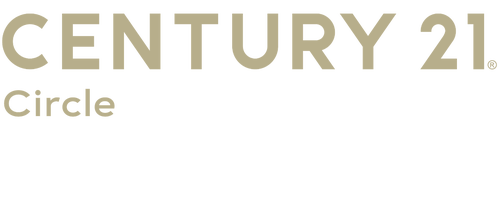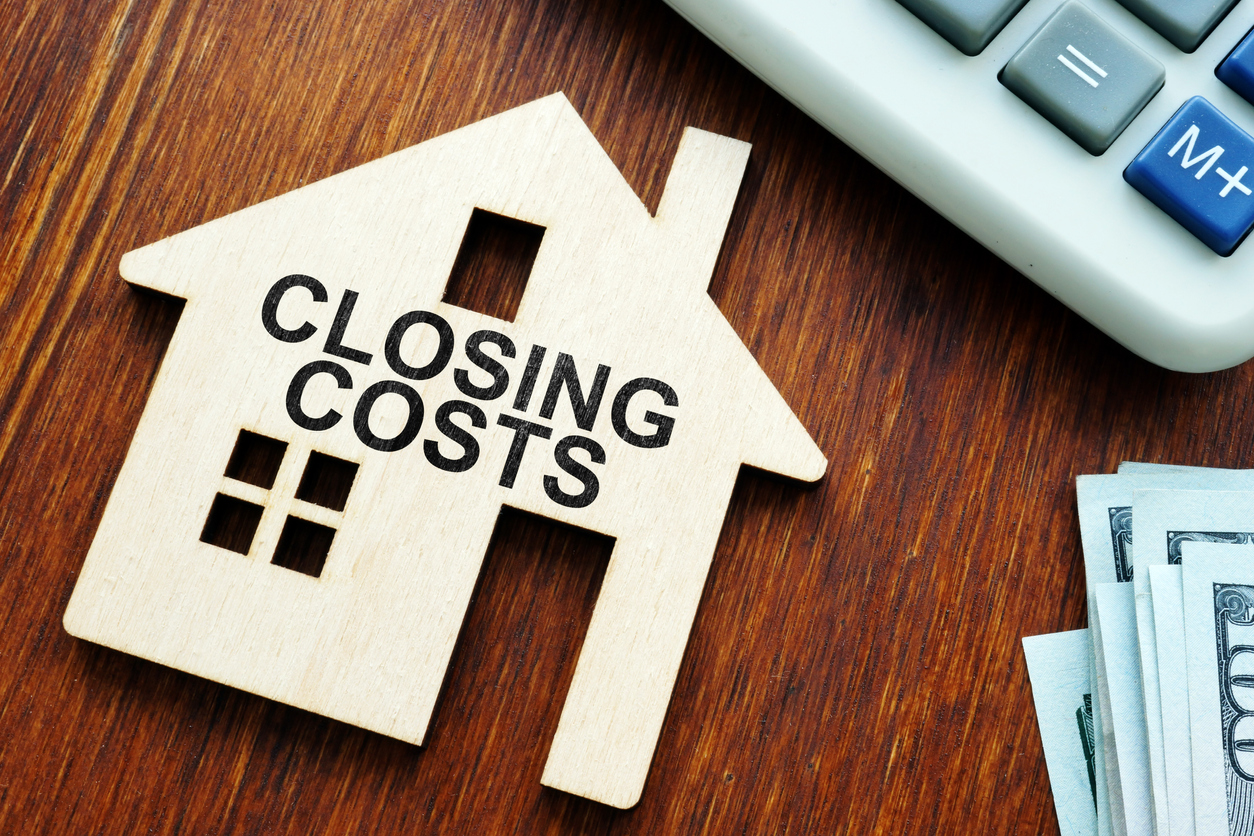Why a Closing Cost Credit from the Seller can be more effective than a Lower Sales Price
Here’s something to consider instead of asking for a lower price on this home. What if you request that the seller provides you with a credit that you can use to fund a “2-1” interest rate Buydown?
Here’s how a “2-1” Buydown works:
– In year 1 of your loan, the interest rate is 2% below the rate you locked in at (the “2” in 2-1 Buydown)
– In year 2 of your loan, the interest rate is 1% below the rate you locked in at (the “1” in 2-1 Buydown)
– In years 3-30 (unless you sell or refinance) your rate remains fixed at the initial rate you locked in at
Here’s an example of how a “2-1” Buydown would look using a loan amount of $399,200 – 80% of this home’s purchase price. In the illustration below, you would need to request a closing cost credit from the seller of about $9,000.
Let’s say the current market interest rate is 6.875%
- In Year 1 of your loan, the interest rate would be 4.875%; that lower rate would save you over $500/month in your payment.
- In Year 2 of your loan, the interest rate would be 5.875%; that lower rate would save you over $260/month in your payment.
- At the start of Year 3, the rate returns to the original rate you locked in at (in this case 6.875%); the rate would remain there for as long as you own the home or until you refinance.
If you took the $20k lower price instead and had an interest rate of 6.875%, your P+I payment would be ~$62/month less for the life of the loan. Consider this: will you stay in the house long enough, or not refinance within a certain time frame, so that you would have been better off paying less vs. utilizing the buydown? Oftentimes the answer is “no.”

 Facebook
Facebook
 X
X
 Pinterest
Pinterest
 Copy Link
Copy Link


